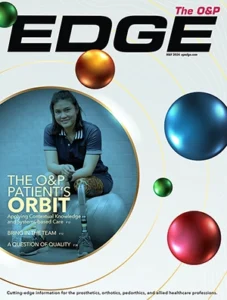
Electrocorticography (ECoG) signals appear useful for prosthetic arm control and may provide clinically feasible motor restoration for patients with paralysis but no injury of the sensorimotor cortex, according to a study published in the March issue of Annals of Neurology.
A team of Japanese researchers recorded ECoG signals from sensorimotor cortices of 12 patients while they executed or attempted to execute three to five simple hand and elbow movements. Sensorimotor function was severely impaired in three patients due to peripheral nervous system lesions or amputation, moderately impaired due to central nervous system lesions sparing the cortex in four patients, and normal in five patients. Time frequency and decoding analyses were performed with the patients’ ECoG signals.
According to the study results, in all patients, the high gamma power (80-150Hz) of the ECoG signals during movements was clearly responsive to movement types and provided the best information for classifying different movement types. The classification performance was significantly better than chance in all patients, although differences between ECoG power modulations during different movement types were significantly less in patients with severely impaired motor function. In the impaired patients, cortical representations tended to overlap each other. Finally, using the classification method in real time, a moderately impaired patient and three nonparalyzed patients successfully controlled a prosthetic arm.




